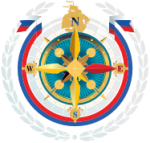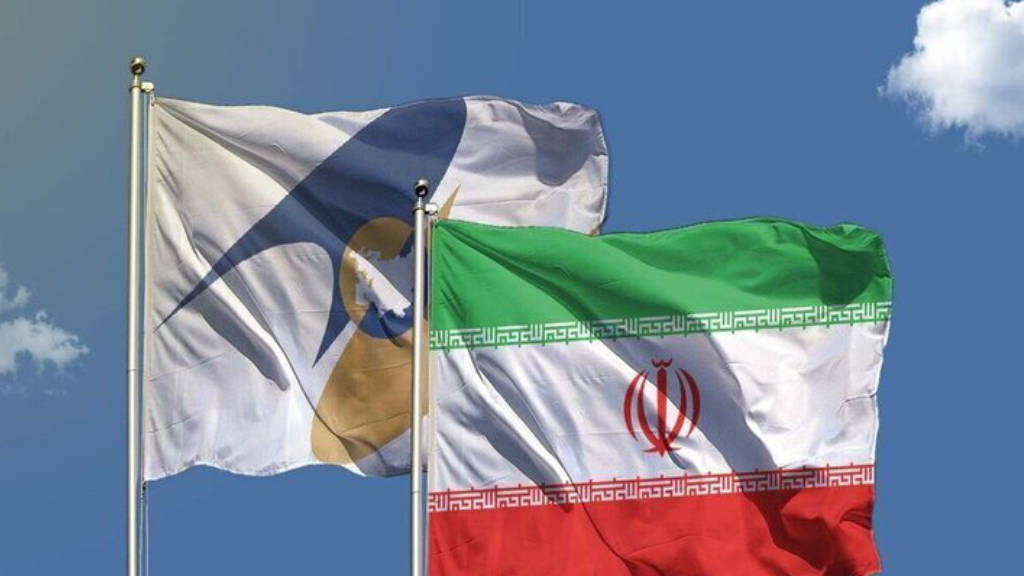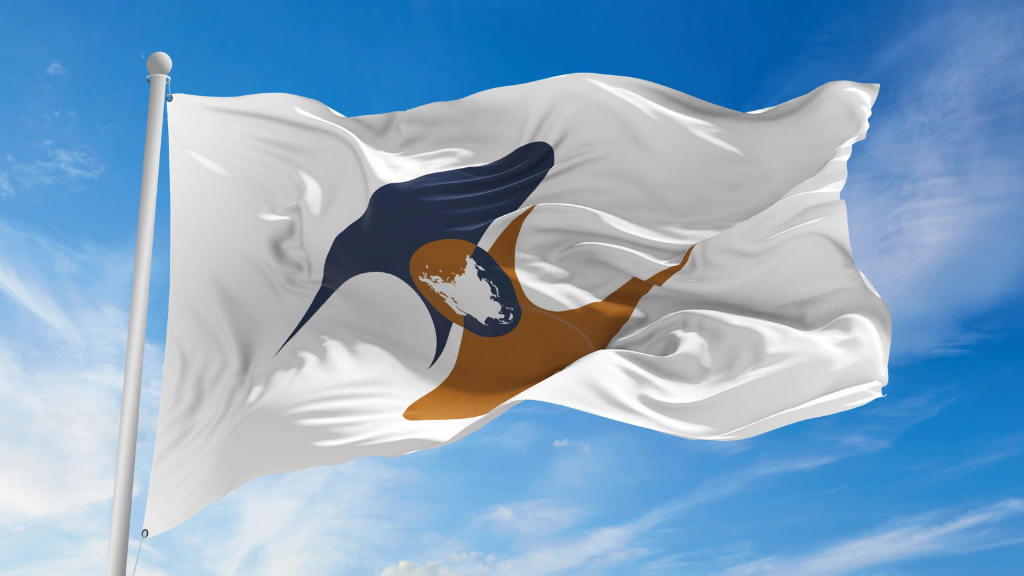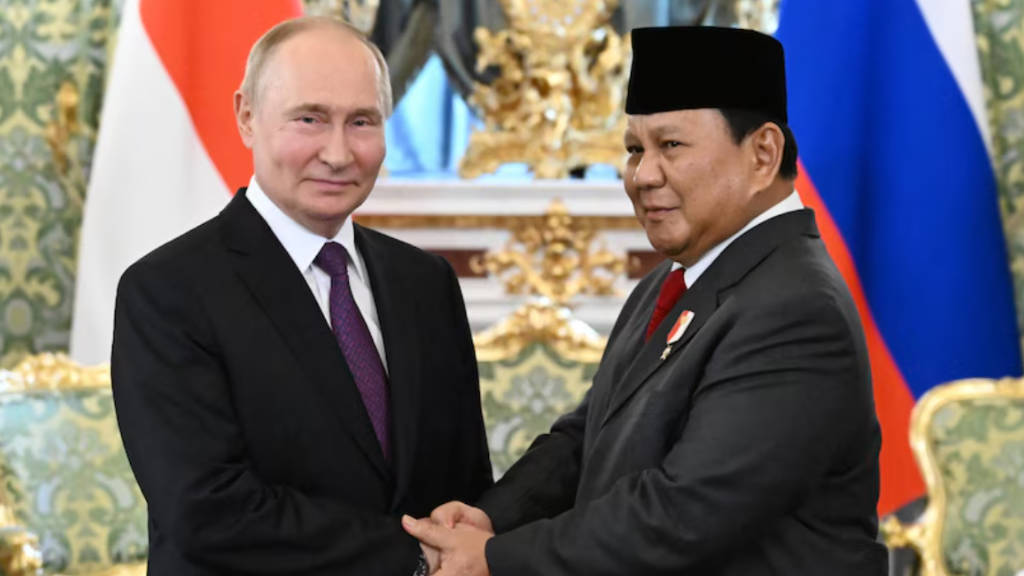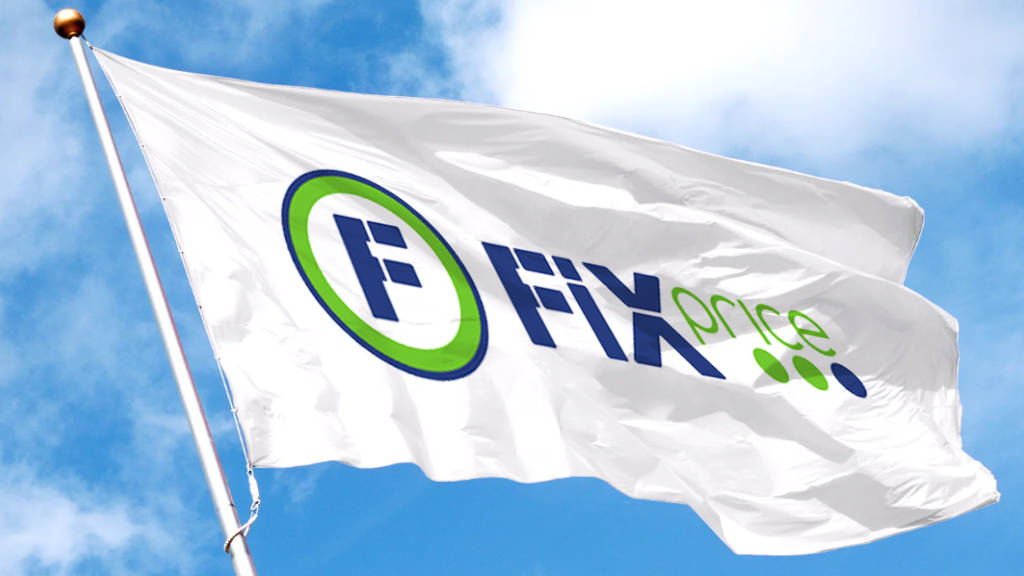The Eurasian Economic Union (EAEU) is helping shape a multipolar world and counter Western hegemonic tendencies, according to Mohammad Atabak, the Iranian Minister of Industry, Mines and Trade has said.
He was speaking about the trade expansion between Tehran and the EAEU member states since an Iran-EAEU Free Trade Agreement was signed in May. The EAEU includes Russia, Belarus, Armenia, Kazakhstan, and Kyrgyzstan. It also has FTA with Serbia and Vietnam and is negotiating several others including with India and Indonesia.
The EAEU-Iran FTA eliminated tariffs on 87% of traded goods between the participants, with Iranian businesses benefiting from reduced export costs, particularly in sectors such as agriculture, industrial goods, and energy. Similarly, EAEU countries gained easier access to Iran’s markets, known for its growing demand in various sectors, including construction materials, consumer goods, and energy resources. As a result, Iran’s exports to EAEU member states have immediately increased by 22%.
Atabak said that “The developing world no longer tolerates the West’s unilateral course. The time has come for the strengthening of various regional international organizations such as BRICS and the Shanghai Cooperation Organization”
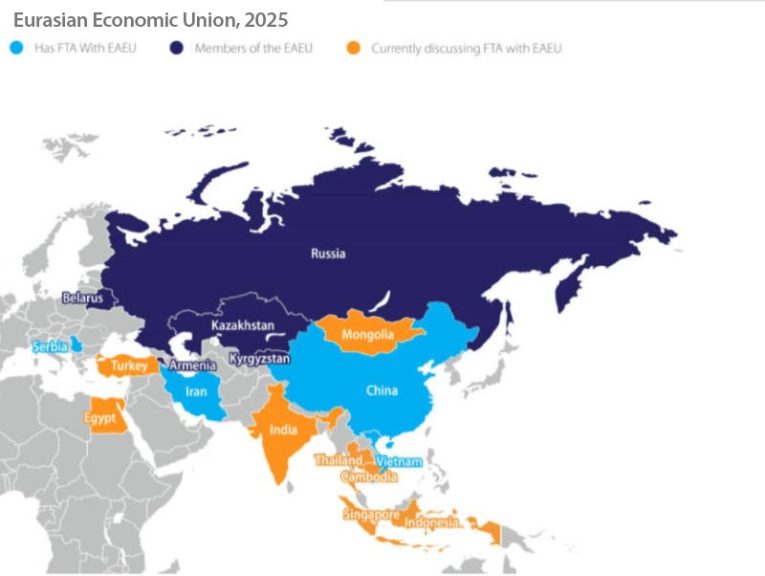
The EAEU trade minister, Andrey Slepnev, said that “In the medium term, EAEU-Iran trade will be double the volume recorded in 2024” reaching the initial goal of US$12 billion in turnover.
Slepnev added that the main emphasis in the three-year-long EAEU-Iran roadmap is on synchronizing infrastructure projects to facilitate bilateral trade, and potentially provide access to the Indian Ocean via Iranian ports.
Commenting on the development of the International North-South Transport Corridor (INSTC), Slepnev clarified that “the EAEU is actively moving toward building regional economic partnerships” with such key players as India and Pakistan. In this context, Iran is the “golden link” of the whole project.”
The INSTC is being developed jointly by India, Iran, and Russia as an alternative shipping route to the Suez Canal. It links India’s Mumbai port to Iran’s Bandar Abbas, Bandar-e-Anzali, and Chabahar, before crossing the Caspian Sea to reach Astrakhan in southern Russia. The route then connects to Moscow and St. Petersburg via rail and road link.
There has been additional talk of extending the routes through to East African ports.
Further Reading
The Shanghai Cooperation Organisation, Eurasian Economic Union, Combine Forces On Energy & Logistics
